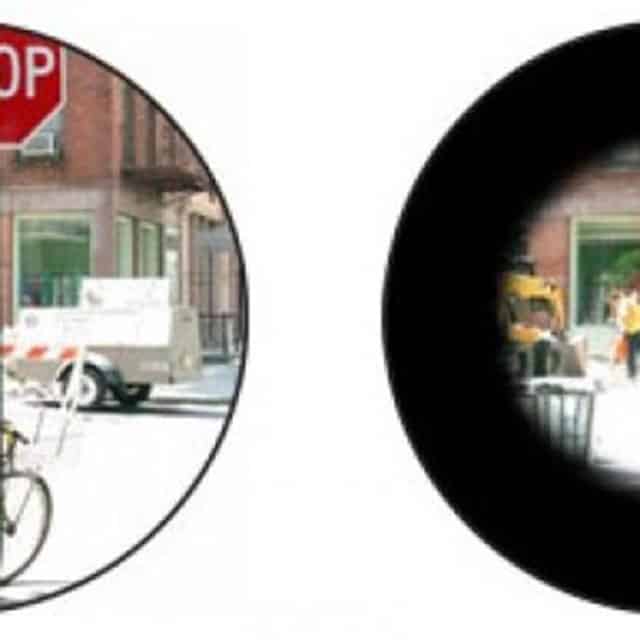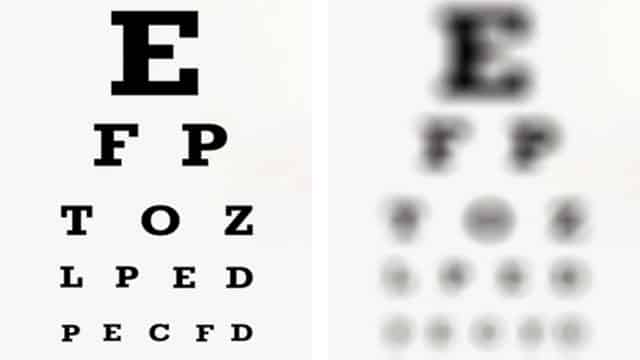Legally Blind
Legal Blindness, or Legally Blind, is a term defined by law to determine eligibility for government-funded disability benefits.
The Official Definition:
The U.S. Social Security Administration (SAA) sections 216(i)(1) and 1614(a)(2) considers a person legally blind if their vision cannot be corrected to better than 20/200 in the better eye, or if the visual field is restricted to 20 degrees or less, even with correction.
What does that mean?
The first standard for a person to be considered legally blind is a visual acuity of 20/200 or less in their best eye.
Visual acuity is the sharpness or clarity of vision. To qualify as legally blind, your vision is measured after the best possible correction of glasses or contact lenses.
Some people may have a visual acuity of 20/200 or worse, but they are able to correct their vision with glasses or contacts and are not considered legally blind.
Normal vision is considered 20/20. If you are legally blind with a visual acuity of 20/200, you would be able to see details at 20 feet that a person with 20/20 vision could see at 200 feet.
The second standard for a person to be considered legally blind is a visual field of no more than 20 degrees.
Your visual field is everything you can see at the sides of your vision when looking straight ahead. A normal visual field is 180 degrees. A person with a visual field of 20 degrees can see things straight ahead but wouldn’t be able to see things to either side without moving their eyes.

(Left) No visual field loss. (Right) Significant visual field loss.
How is it diagnosed?
Visual Acuity
Your eye doctor will check your vision during a standard eye exam using the Snellen Visual Acuity chart, also known as the “Big E” chart. The doctor might ask you to read the smallest line of letters you can see or start at the top and read all the letters as they progressively get smaller until you can’t see them clearly.

(Left) 20/20 vision. (Right) 20/200 vision.
For children that cannot identify their letters yet, the doctor may use a type of Snellen Chart with shapes like a circle, square, house, and heart.
The doctor will measure your visual acuity when wearing glasses or contact lenses. Your vision might be worse than 20/200 without them, but if it improves with glasses or contacts you are not considered legally blind.
Visual Field
Visual field testing is completely different than testing for visual acuity. You may be able to read the 20/20 line on the Snellen Chart, but you can’t see the person standing at your side.
The doctor may begin with a visual field screening called confrontation visual field testing.
You would begin by covering one eye and staring straight ahead at a specific point. The doctor would ask you to describe what you see at the sides of your vision, or they would ask you to identify the number of fingers in various places as you continue to stare straight ahead.

If a more comprehensive visual field testing is required, the doctor may recommend one of the following:
- Automated Perimetry
- Frequency Doubling Perimetry
- Electroretinography
What are the causes?
You could be born with a visual disability like congenital cataracts, infantile glaucoma, or retinopathy of prematurity that can lead to legal blindness.
According to the Center for Disease Control and Prevention (CDC), the four leading causes of legal blindness are age-related macular degeneration, glaucoma, diabetic retinopathy, and cataracts.
